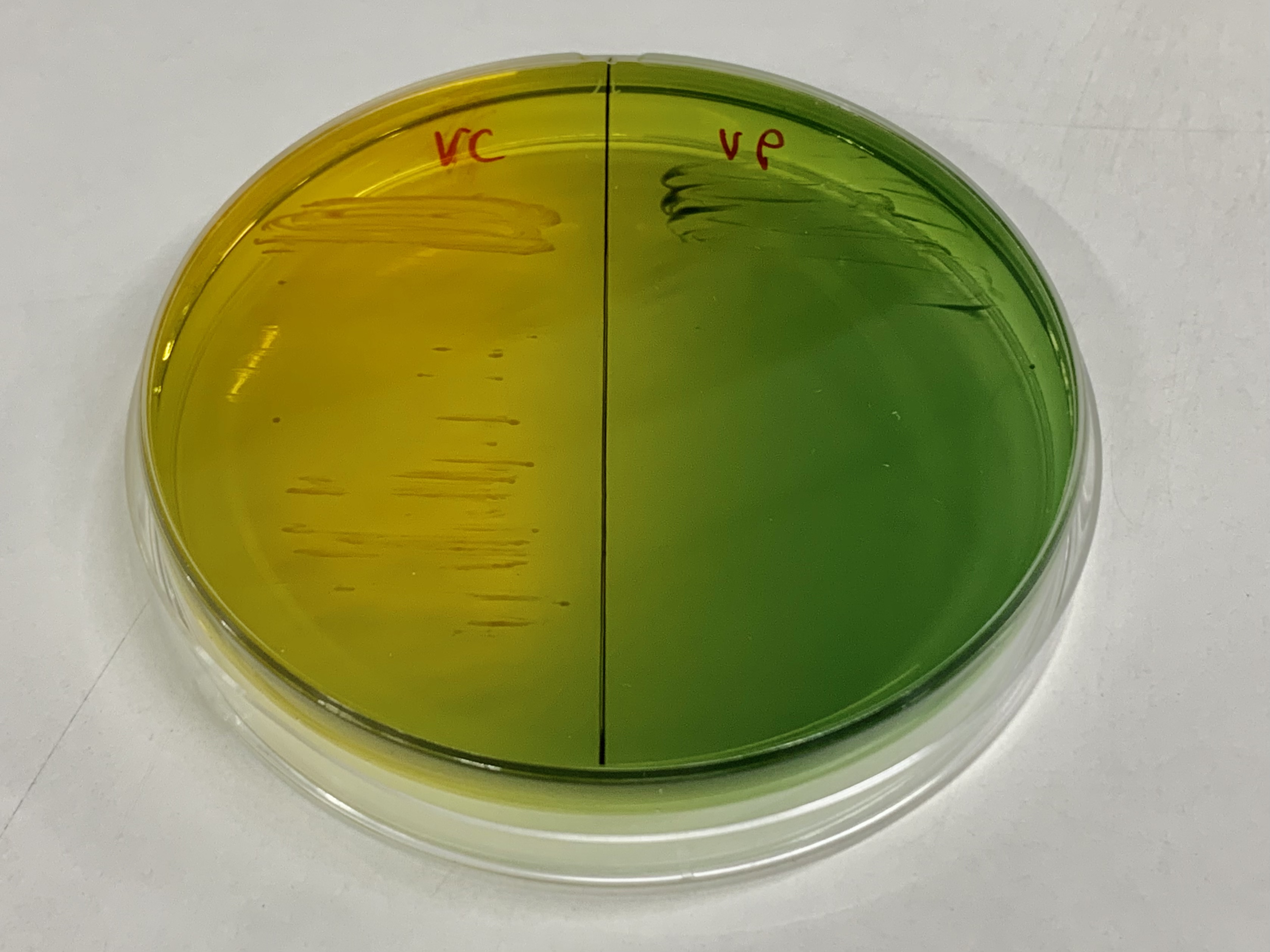|
Vibrio Phage Nt-1
''Vibrio virus nt1'' (formerly ''Vibrio phage nt-1'') is a bacteriophage known to infect ''Vibrio ''Vibrio'' is a genus of Gram-negative bacteria, possessing a curved-rod (comma) shape, several species of which can cause foodborne infection, usually associated with eating undercooked seafood. Being highly salt tolerant and unable to survive ...'' bacteria. It infects '' Vibrio natriegens'' and was originally isolated from a coastal marsh, a frequent habitat of ''V. natriegens''. References Myoviridae {{virus-stub ... [...More Info...] [...Related Items...] OR: [Wikipedia] [Google] [Baidu] |
Bacteriophage
A bacteriophage (), also known informally as a ''phage'' (), is a duplodnaviria virus that infects and replicates within bacteria and archaea. The term was derived from "bacteria" and the Greek φαγεῖν ('), meaning "to devour". Bacteriophages are composed of proteins that encapsulate a DNA or RNA genome, and may have structures that are either simple or elaborate. Their genomes may encode as few as four genes (e.g. MS2) and as many as hundreds of genes. Phages replicate within the bacterium following the injection of their genome into its cytoplasm. Bacteriophages are among the most common and diverse entities in the biosphere. Bacteriophages are ubiquitous viruses, found wherever bacteria exist. It is estimated there are more than 1031 bacteriophages on the planet, more than every other organism on Earth, including bacteria, combined. Viruses are the most abundant biological entity in the water column of the world's oceans, and the second largest component of biom ... [...More Info...] [...Related Items...] OR: [Wikipedia] [Google] [Baidu] |
Vibrio
''Vibrio'' is a genus of Gram-negative bacteria, possessing a curved-rod (comma) shape, several species of which can cause foodborne infection, usually associated with eating undercooked seafood. Being highly salt tolerant and unable to survive in fresh water, ''Vibrio'' spp. are commonly found in various salt water environments. ''Vibrio'' spp. are facultative anaerobes that test positive for oxidase and do not form spores. All members of the genus are motile. They are able to have polar or lateral flagellum with or without sheaths. ''Vibrio'' species typically possess two chromosomes, which is unusual for bacteria. Each chromosome has a distinct and independent origin of replication, and are conserved together over time in the genus. Recent phylogenies have been constructed based on a suite of genes (multilocus sequence analysis). O. F. Müller (1773, 1786) described eight species of the genus ''Vibrio'' (included in Infusoria), three of which were spirilliforms. Some of the o ... [...More Info...] [...Related Items...] OR: [Wikipedia] [Google] [Baidu] |
Vibrio Natriegens
''Vibrio natriegens'' is a Gram-negative marine bacterium. It was first isolated from salt marsh mud. It is a salt-loving organism (halophile) requiring about 2% NaCl for growth. It reacts well to the presence of sodium ions which appear to stimulate growth in ''Vibrio'' species, to stabilise the cell membrane, and to affect sodium-dependent transport and mobility. Under optimum conditions, and all nutrients provided, the doubling time of ''V. natriegens'' can be less than 10 minutes. ''V. natriegens'' is able to successfully live and rapidly divide in its coastal areas due its large range of metabolic fuel. Recent research has displayed that ''Vibrio natriegens'' has a flexible metabolism, which allows it to consume a large variety of carbon substrates, reduce nitrates, and even fix nitrogen from the atmosphere under nitrogen-limiting and anaerobic conditions. In the laboratory, the growth medium can be easily changed, thus affecting the growth rate of a culture. ''V. natriegens' ... [...More Info...] [...Related Items...] OR: [Wikipedia] [Google] [Baidu] |

